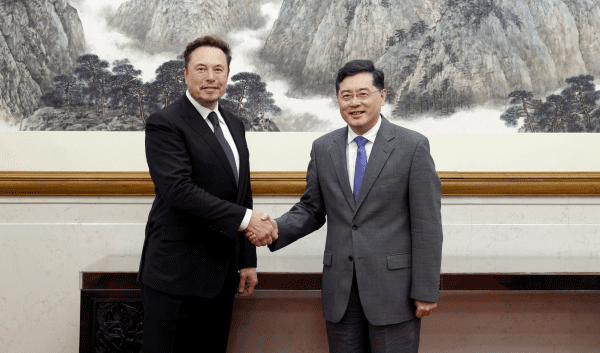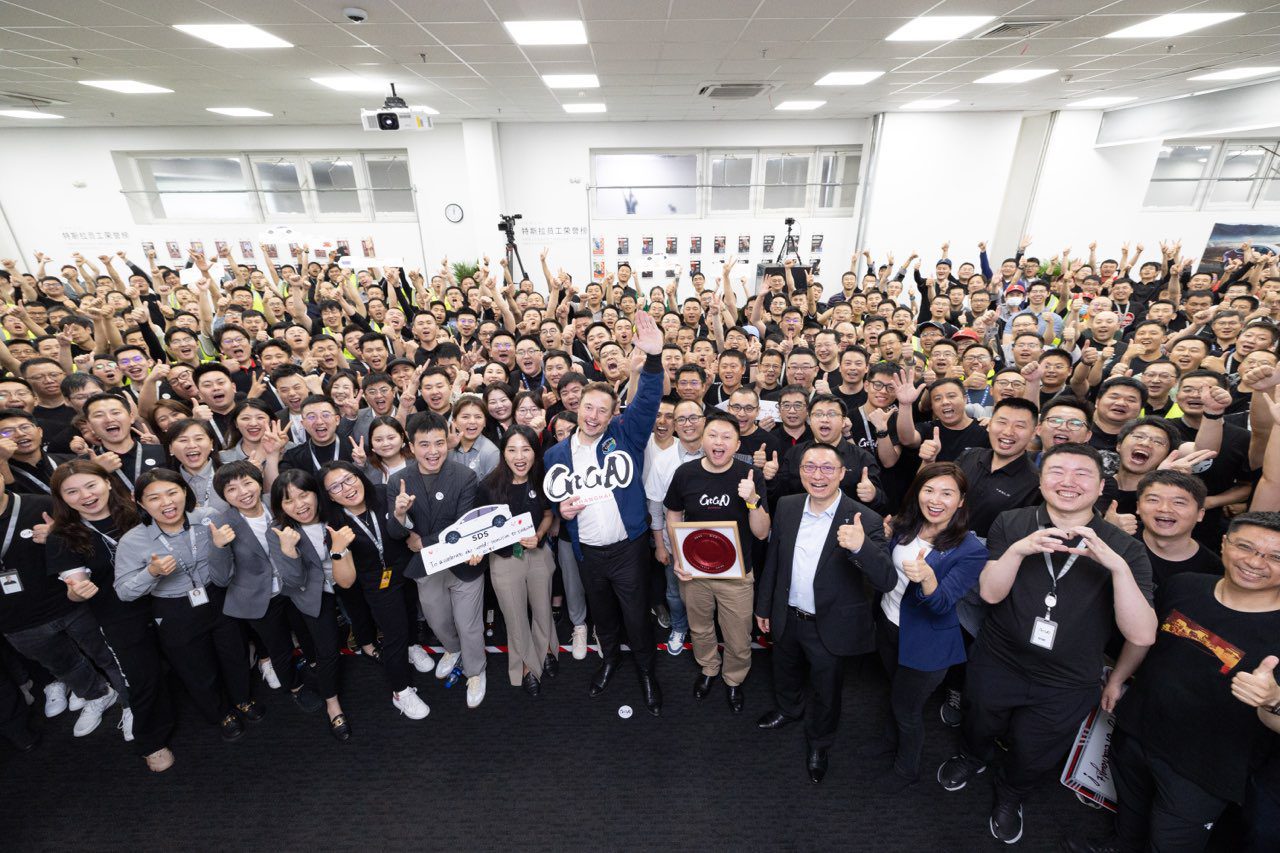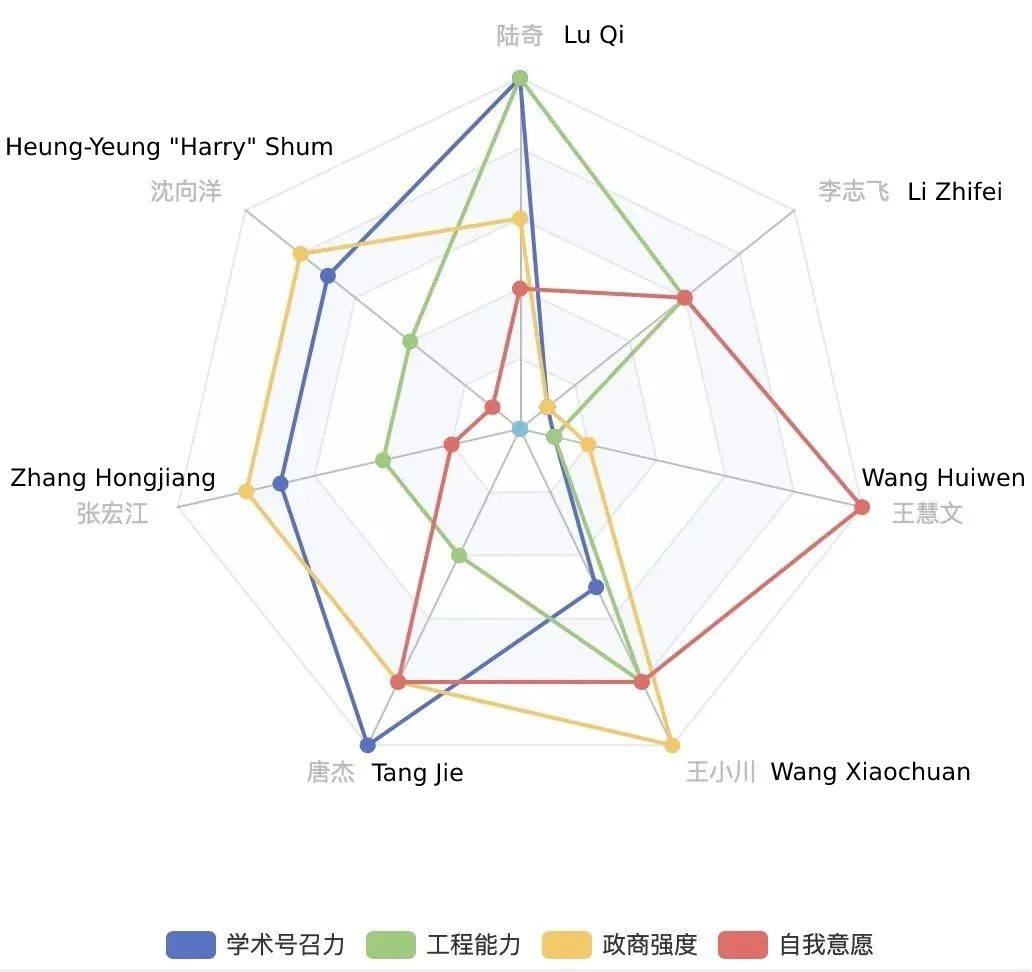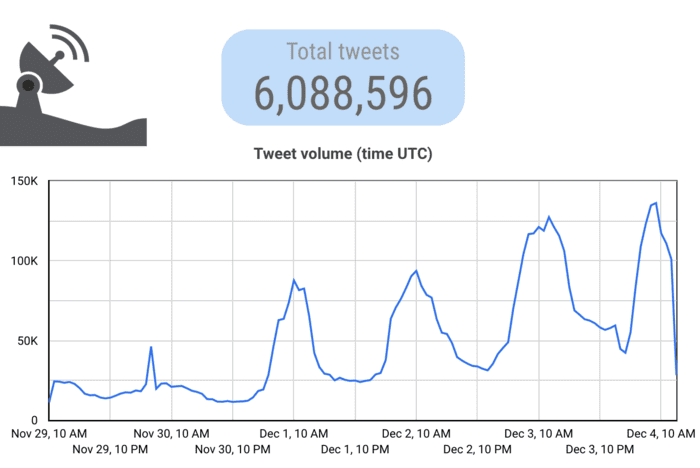Shein sued Temu. Temu sued Shein. The war over fast fashion is heating up.
This story first appeared in China Report, MIT Technology Review’s newsletter about technology developments in China. Sign up to receive it in your inbox every Tuesday.
Even though I know that Temu and Shein, two Chinese e-commerce platforms, occupy the same off-price shopping space, I have to admit I didn’t expect the tensions between them to escalate so quickly.
Last week Temu, the young shopping platform currently bombarding US users with social ads, filed an antitrust lawsuit in federal court against Shein, the older shopping website that has been massively popular among Gen-Z consumers in recent years. The accusations in the suit are quite revelatory if you want to learn more about the state of the “ultra-fast fashion” business.
As regular readers know, I have covered both platforms repeatedly, writing about how Temu bought its way into public attention, how Shein messed up its influencer campaign, and my brief personal obsession with Shein. These reads should be helpful if you want to understand the two platforms, which are rare examples of Chinese tech companies still trying to become mass consumer brands in the US and finding at least some success despite changeable policies at home and political hostility in the US.
Yet, perhaps unsurprisingly, they don’t seem to bond over their shared difficulties. Instead, the competition between Shein and Temu is starting to look like a race to the bottom. The two platforms are engaged in an escalating legal battle over what each claims is unfair competition.
It started in December, when Shein sued Temu over intellectual-property infringement. Specifically, Shein accused Temu of misleading consumers into thinking they were the same brand, allegedly selling products copyrighted by Shein and displaying the word “Shein” in search ads that led to Temu’s website. It also claimed that Temu is behind three imposter Twitter accounts using names like “Shein_USA” and asking fans to support “the new Twitter of Shein” while posting links to Temu’s app and website. The two companies are still fighting over this case in court.
Now Temu is striking back and accusing Shein of violating US antitrust law by forbidding suppliers from working with the newer platform. According to the court filing, Temu says Shein has asked all of its more than 8,000 manufacturers to sign exclusive agreements and “loyalty oaths” that specifically prevent them from selling on Temu. It also claims Shein is using false copyright infringement claims to try to get Temu to take down certain products that Temu sells at cheaper prices than Shein does.
“For a long time, we have exercised significant restraint and refrained from pursuing legal actions. However, Shein’s escalating attacks leave us no choice but to take legal measures to defend our rights and the rights of those merchants doing business on Temu, as well as the consumers’ rights to a wide variety of affordable products,” Temu told MIT Technology Review.
Meanwhile, a Shein spokesperson told MIT Technology Review, “We believe this lawsuit is without merit and we will vigorously defend ourselves.”
While the validity of Temu’s claims is up for the court to decide, reading the filing offers quite an education—it paints a detailed picture of the ultra-fast-fashion industry that Shein and Temu are competing in, and more specifically the supply-chain model that has been essential to Shein’s success over the past several years.
To take a step back: Shein doesn’t operate like traditional consumer brands. Instead of owning factories that make products for it exclusively, the company works with a vast network of independent Chinese factories. Most times, these factories create the designs, manufacture the products, and sell them to Shein, entrusting the platform to deal with other processes, like listing, customer service, and shipping.
Shein offers these suppliers a steady stream of overseas orders. In exchange, it buys the products at very low prices and requests that the suppliers remain loyal to the brand. “As the dominant ultra-fast-fashion retailer, Shein knows that manufacturers need Shein’s volume and its access to the US market and it is, therefore, able to coerce manufacturers into arrangements that force manufacturers not to do business with Temu,” says Temu’s filing.
This has apparently created a big headache for Temu. The new player’s business model seeks to replicate the success of Shein’s in many ways. Both have capitalized on cheap international shipping, China’s strong manufacturing capacity, and, crucially, the supply chain that Shein pioneered.
For a while, the companies differentiated themselves by the kind of products they sold: Shein is more about apparel, while Temu is more about household products. But each platform is now looking at the other’s primary product lines too, making the companies more direct competitors—meaning that they are going after the same suppliers.
Since both of them rely heavily on maintaining an expansive network of low-cost suppliers, it would be devastating if one platform—especially the more established one—forced producers to choose between the two. This is essentially what Temu is accusing Shein of doing.
(To be fair, Temu itself is no stranger to accusations of coercion against suppliers. Many Chinese sellers have complained that the platform forces them to accept extremely low prices or arbitrarily ends their business when it finds a cheaper supplier.)
Historically, exclusivity agreements have not been uncommon in Chinese tech fights. For more than a decade, companies like Meituan and Alibaba’s Taobao forbade vendors from working with competitor platforms, until the Chinese government explicitly banned such deals in an antitrust push in 2021.
But publicly exposing this practice today in the US doesn’t seem like a wise thing to do, at least in my opinion. The popularity of Shein and Temu has already caught the eyes of politicians and policy experts in Washington, who see them as the next privacy or intellectual-property threat from China. And what they are accusing each other of doing will almost certainly become ammunition for future criticism. In that case, maybe neither of them will be able to survive in the US market.
What do you think of the business model of ultra-fast fashion? Let me know your thoughts at zeyi@technologyreview.com.
Catch up with China
1. Two US congressional committees have announced investigations into Ford’s battery plant in Michigan, which sources technologies from a Chinese company. They’re concerned the batteries could exploit a loophole in the Inflation Reduction Act. (Quartz)
2. Meanwhile, congressional Republicans are divided over whether the US should restrict outward investment in China. (Politico)
3. A Chinese economist estimates the youth unemployment rate in the country at 46.5%, two times the official figure. (Reuters $)
4. In another example of conflicting numerical narratives, official data showed that the number of cremations in an eastern province in China increased 70% in the first quarter of 2023 compared with last year, which suggests a much larger covid death toll than Beijing admits. Then the numbers were scrubbed from the web. (New York Times $)
5. Beijing officials met with global venture capitalists and private equity investors to quell their anxieties about investing in China. (Bloomberg $)
6. When Chinese companies have gone public overseas, their filings have usually included a section that warns investors of the policy risks in China. Now Chinese regulators are asking them to sugarcoat it. (Reuters $)
7. Pandemic travel restrictions have made Chinese postpartum nannies, who take care of new mothers, highly in demand in the Bay Area. Prospective clients need to make reservations seven months in advance. (San Francisco Chronicle $)
Lost in translation
Now that China has terminated all its covid prevention programs, mRNA companies in the country are struggling to stay relevant, the business publication Jiemian reports. Since China never approved any foreign-made mRNA covid vaccines for use in the country, a few domestic companies had high hopes that they could offer homegrown alternatives. At their peak, these mRNA companies secured billions of dollars of venture capital and even acquired emergency-use approvals for vaccines in countries like Laos and Indonesia. However, none of the Chinese mRNA products cleared final clinical trials or won approval for commercial use at home. One of the leading companies, Stermina, suspended its Shanghai factory operation earlier this month because of inadequate demand. As market interest in covid vaccines wanes, these companies are announcing pivots in their research to mRNA vaccines against cancers or rabies.
One more thing
Just how popular are bubble teas? Right now, there are six Chinese bubble tea makers that plan to file to go public—but in the US or Hong Kong, Bloomberg notes, and not at home. It turns out they can’t list on domestic stock markets; the Chinese stock regulator apparently thinks their businesses are too risky. I, a loyal customer, beg to differ.









